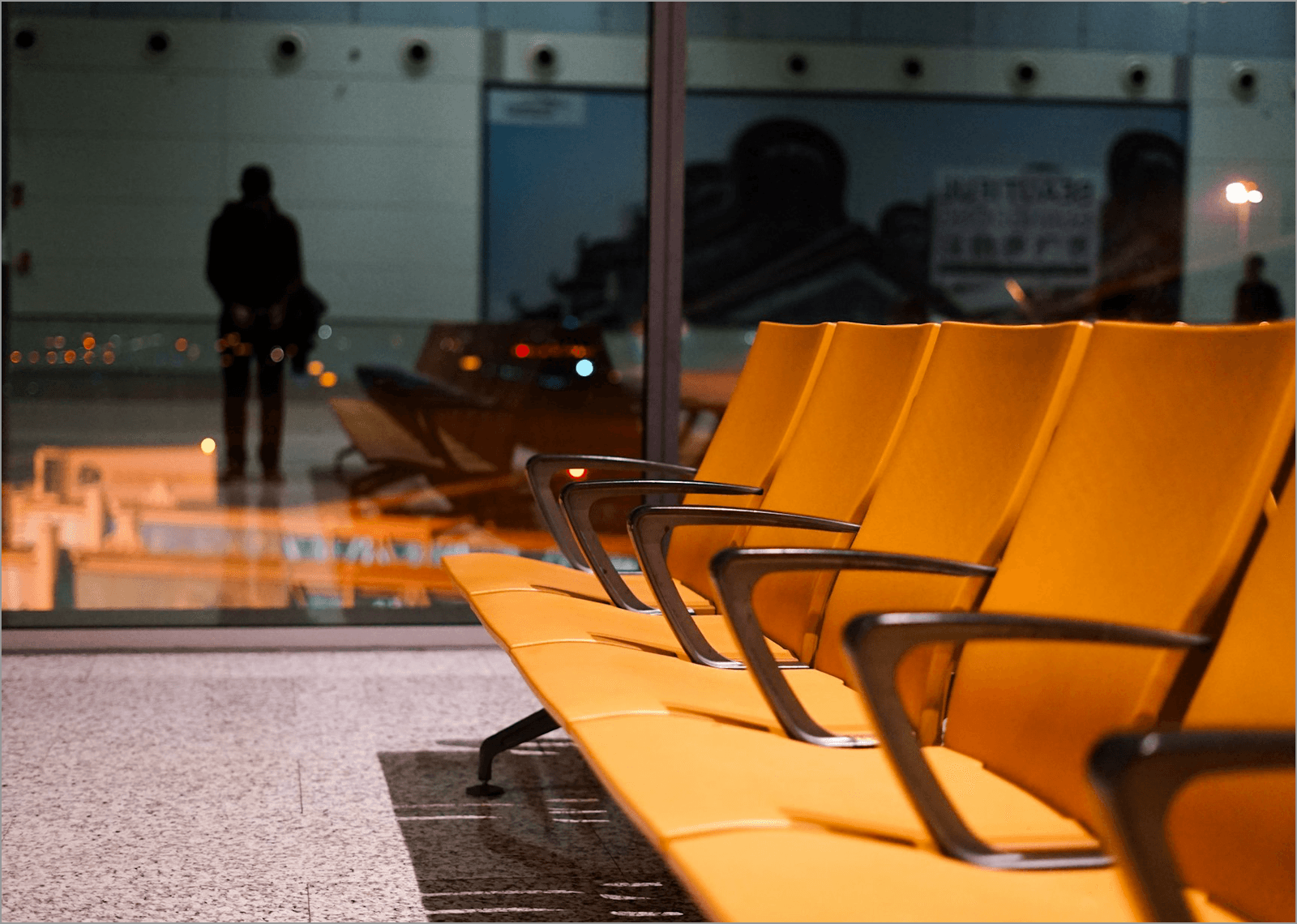 Best Destinations for Digital Nomads in 2026
Best Destinations for Digital Nomads in 2026We've outlined the best destinations for digital nomads including cost of living, visa tips, vibes of each location & best ways to stay connected while working and travelling
Read More
The digital nomad lifestyle isn’t just a trend - it’s a movement. With more countries offering nomad visas and remote work becoming mainstream, there’s never been a better time to explore the world while staying connected. If you’re considering this way of life, this guide covers everything you need to get started from essential gear and tech to taxes, visas, and the best destinations.
A digital nomad is someone who uses technology to work remotely while travelling the world. They aren’t tied to a specific location, allowing them to explore new places while maintaining their careers. With just a laptop and an internet connection, digital nomads can work from cafés, co-working spaces, or even beachside bungalows. It’s an attractive lifestyle offering flexibility, freedom, and the opportunity for adventure and new experiences.
If you’re thinking about living the life of a digital nomad, there are a few things to consider, starting with what to pack and where to work from.
To thrive as a digital nomad, having the right setup is essential. Here’s a list of core essentials:
Note: Carry some cash—especially euros—as many remote spots still don’t accept cards.
We all know traditional SIM cards—those little plastic chips you insert into your phone, swapping them out each time you change country or plan.
eSIMs, on the other hand, are built directly into your device. Most modern smartphones now support them. They allow you to download and switch mobile data plans via settings—no plastic, no fuss.
Full disclosure: Sim Local sells both SIM cards and eSIMs, but we’ve been following the real-world conversations on Reddit and beyond as eSIMs continue to grow in popularity.
https://www.reddit.com/r/digitalnomad/comments/1bqou4q/esim_vs_physical_sim_a_simplified_guide_from_a/
by u/mammothchamp in digitalnomad
eSIM
SIM Card
Get online instantly in a new country
With an eSIM, you can activate a mobile data plan before you even land. No more hunting for local SIM vendors at the airport or navigating language barriers, just scan a QR code or download a plan through an app!
No need to visit a shop
Traditional SIM cards often mean queuing in shops, showing ID, or even waiting for activation. eSIMs cut out all that hassle. Plans can be purchased and activated from anywhere. All you need is an internet connection (WiFi).
Store multiple profiles (e.g. one for Indonesia, one for Germany)
Digital nomads often return to the same places. With eSIM, you can store several profiles and switch between them without needing new SIM cards each time. You can also buy a regional plan and hop from country to country without having to switch plans!
Harder to lose or steal
Since an eSIM is embedded in your device’s hardware, there’s no physical chip to misplace or damage. Many eSIM providers also allow remote deactivation if your phone is lost or stolen.
Comment
by u/mammothchamp from discussion
in digitalnomad
eSIM is quickly becoming the go-to choice for remote workers even for longer stays. Many providers like Sim Local even offer regional or global data plans that work seamlessly across borders.
Since it’s illegal to work under a tourist visa, many countries now offer digital nomad visas - legal frameworks that let remote workers stay and work for extended periods (often 6–12 months or more).
These visas usually require:
In return, you get a legal, hassle-free way to live abroad while contributing to the local economy without taking a local job.
Yes—but it’s complicated. Tax rules depend on your home country, your residency status, and the rules of the country you’re living in.
Some countries offering nomad visas provide tax exemptions or reduced tax rates. Others may expect you to become a tax resident after 183 days.
You may still need to file tax returns in your home country too. It’s best to consult a professional or use a service like TaxScouts or Nomad Tax to stay compliant.
When choosing a base, look for:
With the right gear, connectivity, and visa in place, you can work freely from nearly anywhere in the world. Whether you’re sipping coffee in Lisbon or watching the sunset in Bali, the digital nomad life is no longer a dream—it’s just a plane ticket away.
 Best Destinations for Digital Nomads in 2026
Best Destinations for Digital Nomads in 2026We've outlined the best destinations for digital nomads including cost of living, visa tips, vibes of each location & best ways to stay connected while working and travelling
Read More.png) Work from Anywhere with Truly Unlimited Data eSIMs
Work from Anywhere with Truly Unlimited Data eSIMsEnjoy reliable unlimited data, fast network coverage & no roaming charges with Sim Local's Unlimited Data eSIMs
Read More The Top 5 Best Places to Work from in the Airport
The Top 5 Best Places to Work from in the AirportWe've done the hard work to investigate the five best places to work from when you're stranded at the airport or waiting for a flight. Read more about each here.
Read MoreDestination
Shop
About
Help
Contacts:
© 2025 Sim Local (IRELAND) Ltd. All Rights Reserved.